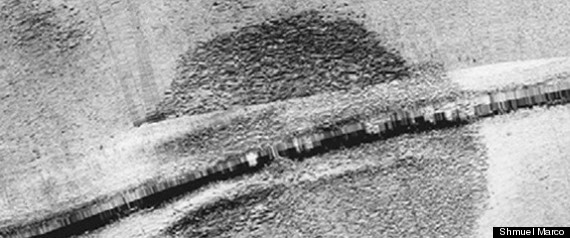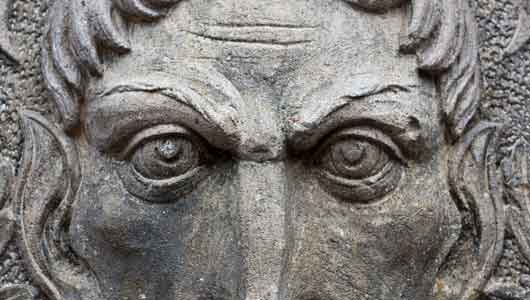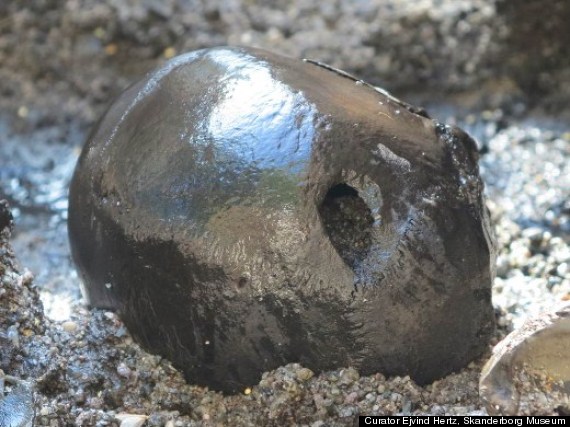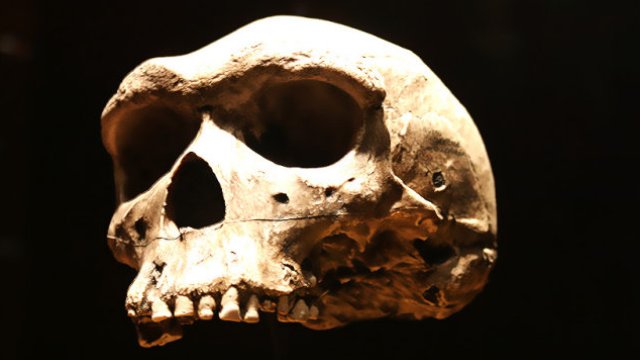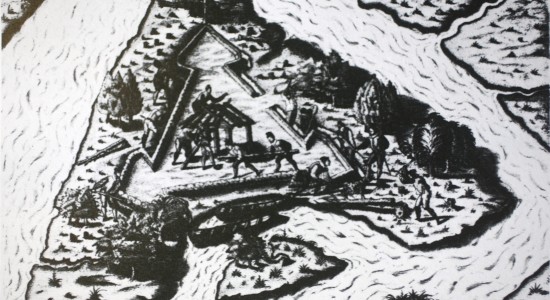
Two Florida professors announce they have found the site of Fort Caroline, a French outpost ravaged by the Spanish in 1565, near Darien, Georgia — not near Jacksonville where it was thought to be. ‘The frustrating and often acrimonious quest to find the fort has become a sort of American quest for the Holy Grail by archaeologists, historians and other scholars,’ he noted. ‘The inability to find the fort has made some wonder if it ever existed.'”
But other researchers are saying hold up. “‘It’s not conceivable that the soldiers could have made it to the Altamaha River from St. Augustine in two days…If they are correct, then the Spanish would have moved the St. Augustine settlement 70 miles south, to its present location. There is simply no evidence for this,’ said Meide. ‘This new theory doesn’t stand up to the archaeological and historical information that has been amassed by scholars over the past fifty years.'”
Thus far, archaeologists have yet to scope the newly proposed site. So, with all due respect to fellow historians, I’d probably wait to see what they find first.

